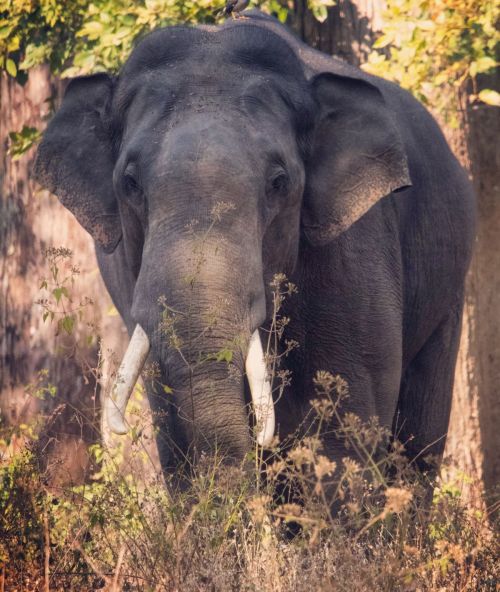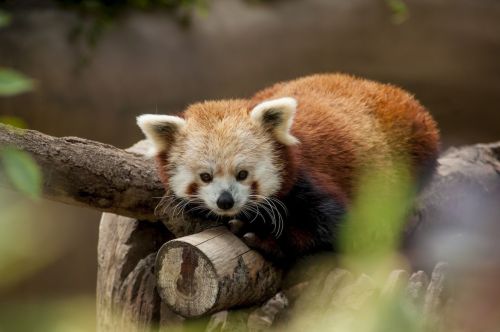The Syrian bear (Ursus arctos syriacus) is the smallest of the brown bears. It lives in the highlands of the Middle East, but its population is systematically decreasing. It has light coloring and white claws, which is unique among bears. He is especially close to Poles because it was the Syrian bear Wojtek who "fought" bravely at Monte Cassino together with Polish soldiers.
The subspecies was first described in 1828 by two German scientists: zoologist Christian Gottfried Ehrenberg and naturalist Friedrich Wilhelm Hemprich, giving it the name Ursus syriacus.
It became extinct in Syria in the mid-20th century and was also exterminated in Jordan and Israel. Currently, it lives in the South Caucasus: in northern Armenia, Azerbaijan, and Abkhazia, as well as in the countries of the Middle East: Iraq, Iran, Lebanon, Turkey, and Turkmenistan.
In Syria, bear tracks were recorded in the snow in the Anti-Lebanon Mountains in 2004 - the first time this had happened in almost fifty years. In 2011, bear tracks were again recorded in this area. In 2017, a female with cubs was seen in Lebanon for the first time in 60 years.
Their habitats range from 500 to 2700 m. In Iran, the bear occurs in the protected area of the Alborz mountain range (northern Iran) and the Zagros Mountains. In these regions, it occurs at higher altitudes.
An adult animal weighs up to 250 kg and has a body length of approximately 101-140 cm (from nose to tail).
The hair at the withers is longer, with a grey-brown base, and is often a different shade than the rest of the body, which in some individuals is visible as a dark stripe down the back. Brighter colors usually appear in individuals living at higher altitudes. Their legs are usually darker than the rest of the body.
In the wild, these animals live for about 20-25 years.
This is usually related to the development of agriculture, where bears come into conflict with humans (attacks on farm animals, destruction of beehives, destruction of crops), as well as forest degradation. They are also threatened by poaching and trade in bear body parts, which are used in traditional medicine. Residents of the Black Sea region illegally hunt Syrian bears to obtain bear fat, which is said to have medicinal value. Bears are also sometimes killed during wild boar hunting with dogs, as well as by poisoned baits and snares set illegally for deer, roe deer, wolves, and lynxes.
These bears are protected under the CITES Animal Trade Convention (Washington Convention).
The number of Syrian bears is decreasing and may be at risk of extinction in the wild (one of the categories determining the state of threat of extinction of species).
It eats fruits, berries, seeds, nuts, grass, maggots, and small mammals. It also eats crops and domestic animals in mountain villages, hence its conflict with humans.
It has been mentioned several times in the Bible as a symbol of a mother's care for her young.
Wojtek took part in the Battle of Monte Cassino. He was the mascot of soldiers, whom he bravely helped by carrying artillery loads. Initially, he received the rank of private, but later he was promoted to corporal. He went through the entire battle route with the soldiers, received pay, and even had to report. After the war, he was sent to the Edinburgh Zoo, where he died in 1963.












